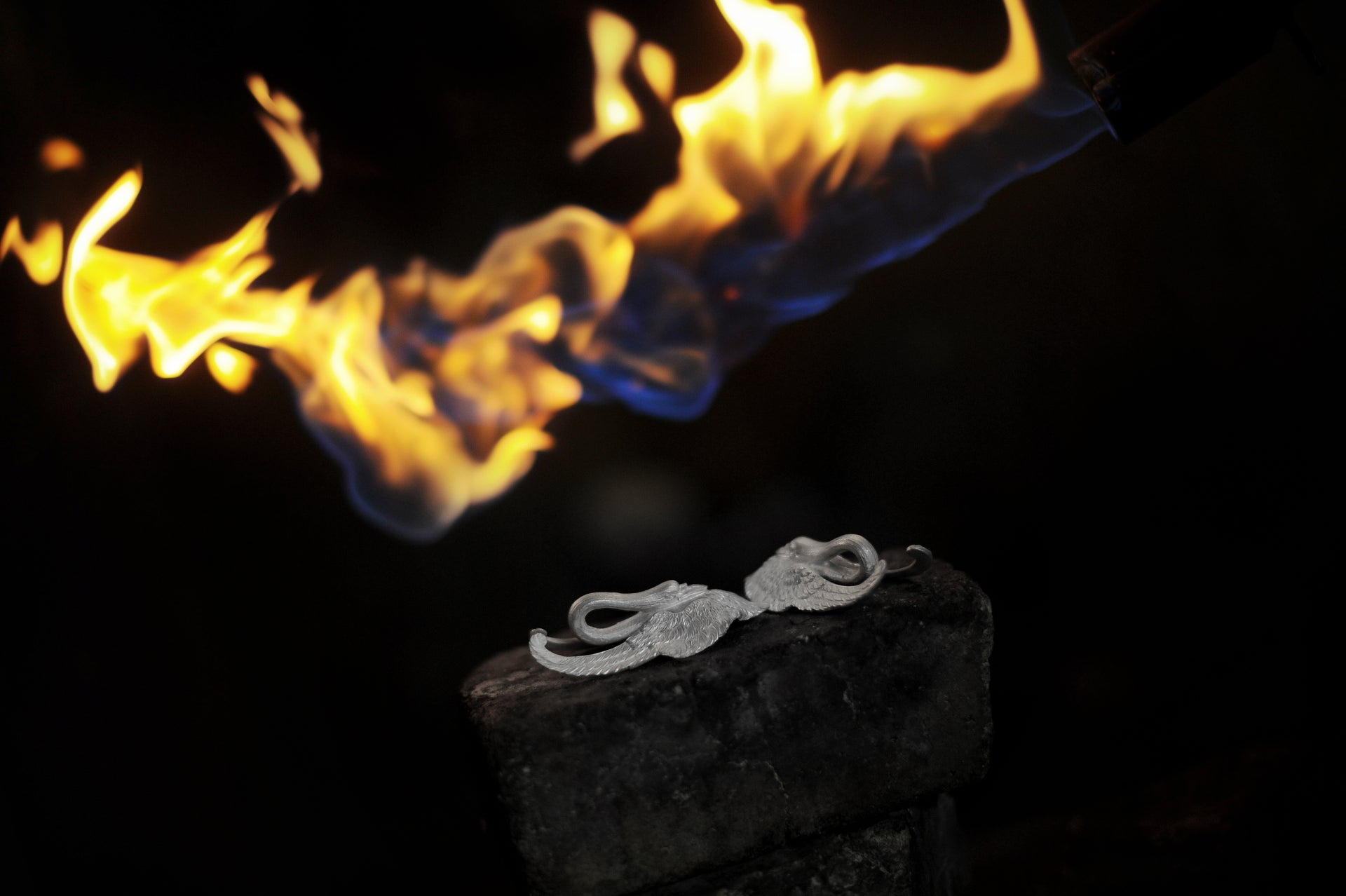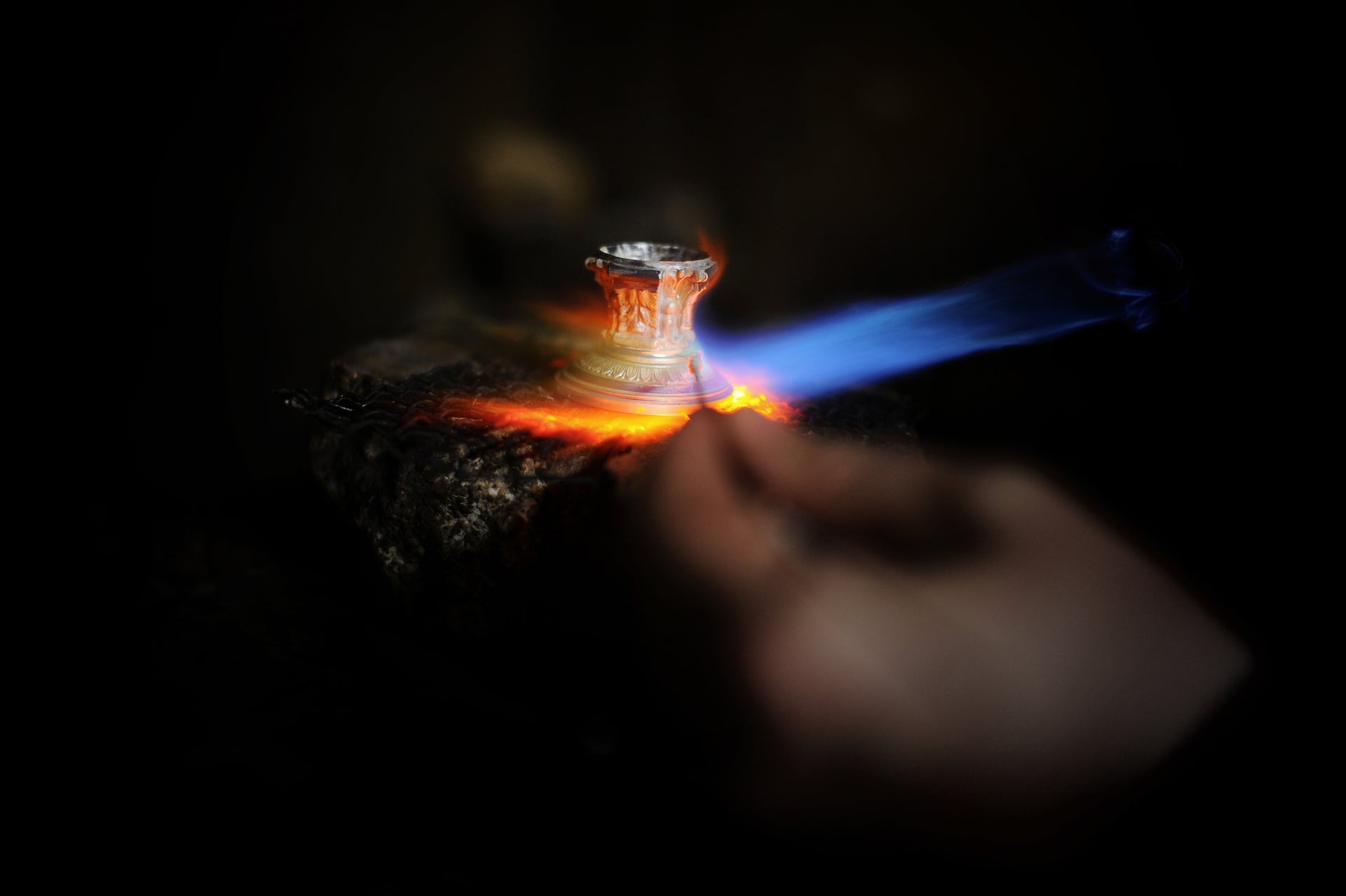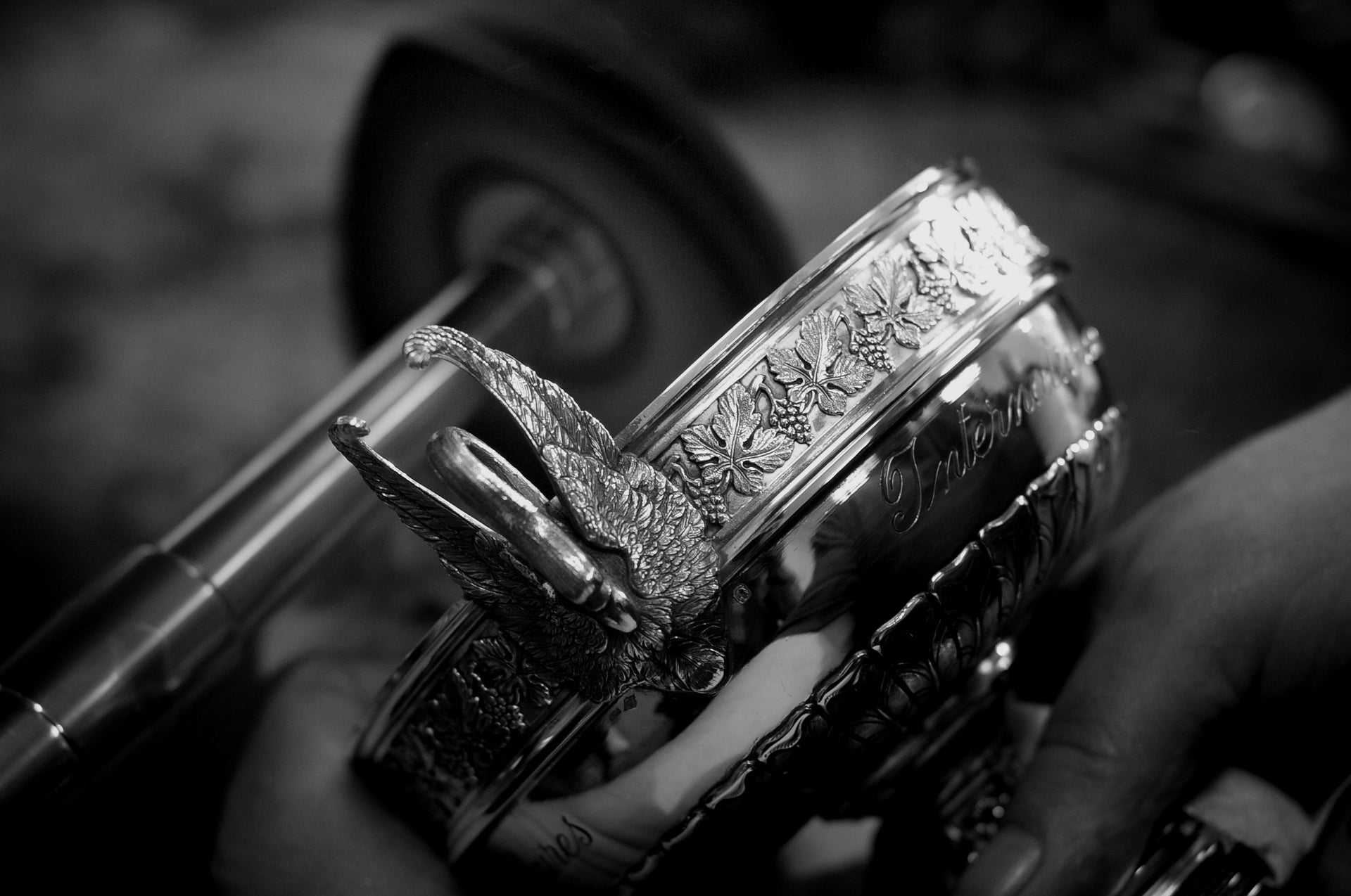MAISON MELLERIO AND GOLDSMITHING
Maison Mellerio, the creator of the Roland Garros trophies
Did you know? It was created by Maison Mellerio, the world’s oldest jeweler, and the only one still family-owned and independent. Although Mellerio is best known today for its jewelry creations, it is goldsmithing that is its original expertise. After creating many precious pieces for almost three centuries, Mellerio specialized in civil goldsmithing in the 20th century, creating academician’s swords and sports trophies, such as the Ballon d’Or (created in 1956), and the Musketeer's cup (created in 1981).
In 1981, the president of the French Federation of Tennis, Philippe Chatrier, issued a call for tender to all of the jewelry houses to redesign and revamp the Musketeer’s Cup rewarded to the winner of the Roland Garros single men tournament. The trophy had to symbolize the victories of four great tennis men: Jacques Brugnon, Jean Borotra, Henri Cochet et Bernard Lacoste. Mellerio wins the bid thanks to the elegance and refinement of their design: a large basin highlighted by a vine leaf frieze adorned with two swan shaped handles. Once a year, for the day of the final, the original cup leaves the headquarters of the French Tennis Federation for just a couple of hours: the winner will only be able to take home a replica.
A unique Know-How
Every year, Mellerio’s silversmiths dedicate more than a hundred hours to create this replica, a smaller version than the original one, and transform a simple sheet of silver into a work of art. During a month, these metal tamers take their turn at the
workshop: the silversmith cuts and chases the sheet of silver in order to obtain the design and silhouette of the trophy with an exotic wood mandrel. The forger makes the handles in the shape of swans and the frieze in vine leaves by pouring a fusion of metal into the moulds. The chiseller outlines and refines the motives. After checking each element of the trophy the silversmith assembles them. The polisher only intervenes during the last stage to polish the trophy and give it a brilliant shine. Finally the engraver immortalizes the tournament by engraving the year on the base of the Trophy. These long and meticulous hours of work, fruit of several expert hands, are rewarded by a beautiful trophy of around fourteen kilos, twenty-one centimetres high and nineteen centimetres wide.



